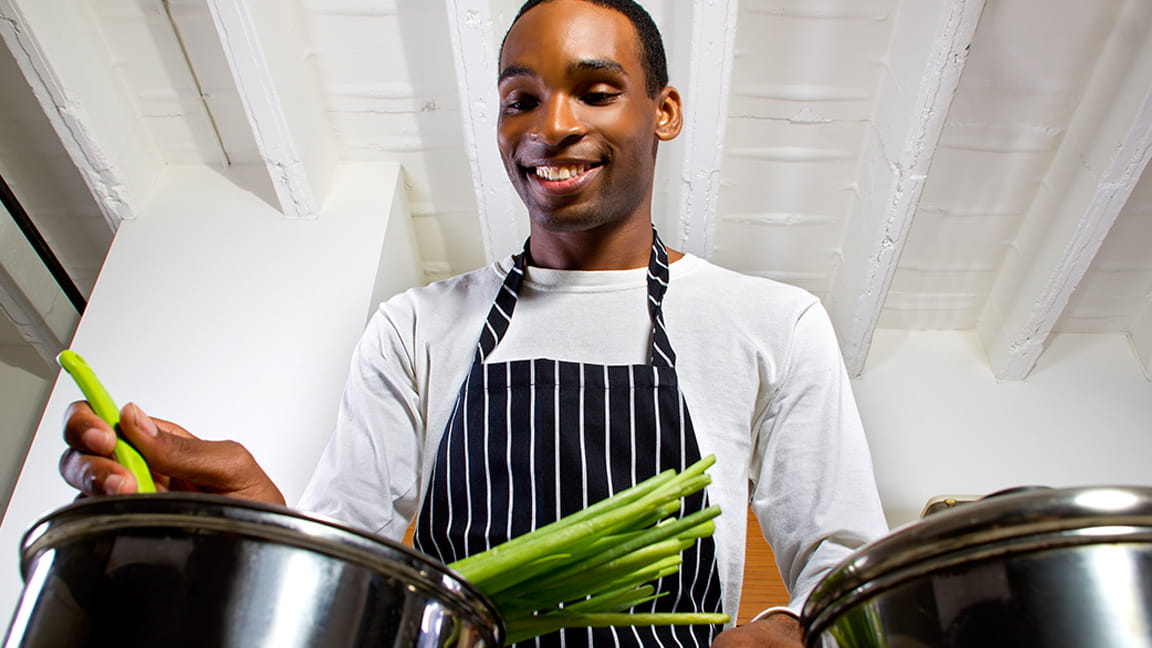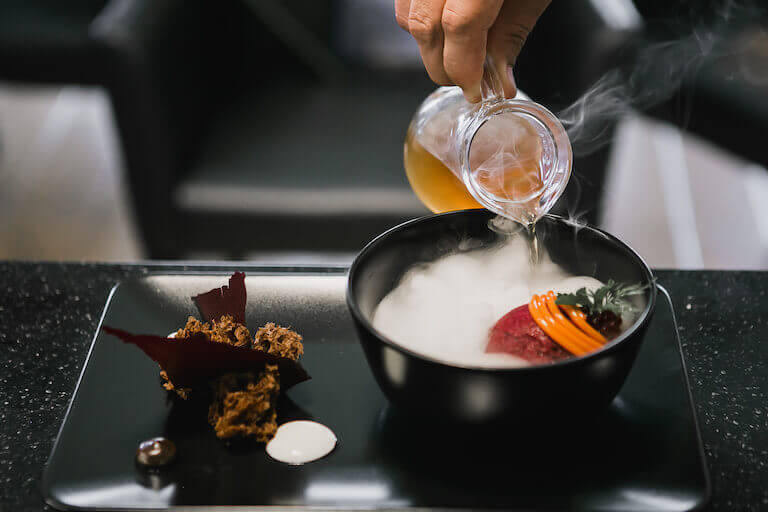
Nonstick pans are now available in a wide range of materials. Each has its pros and cons. Teflon is a popular material because of its high resistance to heat and durability. Teflon can become toxic to food if it is heated too much. We will be discussing Teflon as well as the options. This type of coating is not necessary for the best nonstick pans.
PFOA
High temperatures are not recommended for nonstick cookware that has been coated with PTFE or PFOA. These coatings rapidly degrade and can release toxic chemicals when heated. Nonstick surfaces can also be affected by metal utensils. The coating may become less durable and release chemicals. This article will examine the health risks and potential side effects of PFOA pans. The following tips will give you a better understanding of nonstick pans.
PFOA (and other PFAS chemicals such as PTFE) are persistent in our environment. That means that if you use non-stick pans ten years ago, the chemicals are still in the air, groundwater, and even in our drinking water. These risks have prompted the Environmental Protection Agency and the World Health Organization to issue a health advisory. These chemicals have been identified as potentially carcinogenic to humans.
PTFE
The most common nonstick coating for pans is PTFE. They can be very helpful when you prepare a large meal. They prevent food sticking to the skillet without oil or nonstick cooking spray. Nonstick pans coated with PTFE are more expensive than regular nonstick ones. These nonstick skillets need regular care and maintenance. FDA considers PTFE nonstick coatings safe. However, they are not completely toxic. If you want a healthier option, go for ceramic cookware. Cast iron is safe because it doesn't contain PTFE.

PFAS have been in cookware since decades. Many of these chemicals have been found in cookware for decades. "Gen X" chemicals are some of the most common ingredients in nonstick pan coatings. The safety of these coatings has been questioned due to the lack of testing. Greblon is also the manufacturer of several types PTFE.
Teflon
There are many disadvantages to a nonstick pan coated with Teflon. These issues are most likely due to the PFOA, or polyfluoroalkyl substance (PFAS), that the coating contains. Although banned for many years these chemicals are still used in some cookware. The best way to avoid these hazards is to avoid Teflon pans, and look for nonstick cookware made of other materials.
Teflon non stick Pans can have PFOA in them. This can be very harmful for the environment. It has been linked to chronic kidney disease and cancer, as well as affecting the male reproductive system. It releases toxic fumes when the pan gets too hot. This is why it should not be used to cook at high temperatures. Avoid heating empty Teflon saucepans in the oven and broiler to reduce the chance of being exposed to PFOA.
Nanoparticles
Non stick pan coatings are now coated with novel nanoparticles. They are currently being tested in food contact applications. Although the mechanism of nonstick coatings' release of nanoparticles is still unclear, recent research suggests that they may be released into food at high temperatures, repeated usage, and when the pan's surface becomes damaged. Although this technology is still in its infancy it could be an important addition to nonstick pans.

There are many concerns about PTFE, a substance commonly found in non-stick pans. The chemical pyrolysis products of heated polytetrafluoroethylene can cause acute toxicosis in budgerigars. These products don't pose a risk to the health of humans if they are used in small amounts.
FAQ
Where can I find free online cooking lessons?
Many websites offer cooking lessons for free. You can search YouTube for videos that teach you how to prepare different meals. Some websites give you access to thousands of recipes. These sites usually require you to pay a monthly fee, but you can try them out for free for 30 days.
Do I have to learn how to cook with my children?
Yes! Kids love to help in the kitchen. It's fun and teaches kids responsibility as well as teamwork. The whole process can be done by children, including washing and chopping vegetables. If your children follow safe practices when handling knives, they will enjoy helping you cook.
Do I have to buy ingredients in order to cook?
There is no need to purchase all the ingredients. Many grocery stores carry pre-made sauces and items that can be used as substitutes. However, if you want to save money, then buying pre-made meals can be helpful.
What is the best way to learn to cook?
Cooking is something that everyone should be able to do. You will miss out on great meals if you don't learn how to cook. You must start by finding a recipe you enjoy and following it closely when you learn to cook. You'll then want to practice small adjustments until you feel confident making the dish. Try cooking for others. You will learn a lot and be able to show off your cooking skills.
Statistics
- In the United States, the category is estimated at $23.2 billion annually and is growing faster than the market. (washingtonpost.com)
- You'll be amazed that over 90% of CIA students receive scholarships and grants to finish their culinary studies. (ischoolconnect.com)
- The median pay for a chef or head cook is $53,380 per year or $25.66/hour, according to the U.S. Bureau of Labor Statistics (BLS). (learnhowtobecome.org)
External Links
How To
How to Be a Chef
A career path for chefs is one of the most interesting careers you could choose. You will need to have a lot of skills and knowledge in order to choose the right job for you. There are many options for those who want to work immediately. You can work at restaurants, hotels or catering businesses. You could also take up cooking classes. To make the decision easier, we've prepared some useful tips on becoming a chef.
-
Learn how to cook!
Everyone should try cooking at least once. If you don't know anything about food yet, then you should definitely try to learn how to cook. There are so many great recipes available online. They are also easy to follow. When learning new things, the most important thing to remember is not to rush. Take your time and enjoy the journey.
-
Do you want to become an expert chef? You'll be able develop your personal style and taste, while also learning valuable information. Culinary schools offer courses like baking, pastry-making, meat cutting, etc. They often require students to continue classes for several years before they are able to graduate. However, if you really wish to become a chef you need to think twice about choosing any school.
-
Work in a restaurant
Working in a restaurant is probably the easiest way to enter the world of chefs. This is the best way to get practical experience before you decide to become a chef. Restaurants seek qualified staff, especially those with previous experience in the same field. Restaurant jobs are a great way to get a job as a chef.